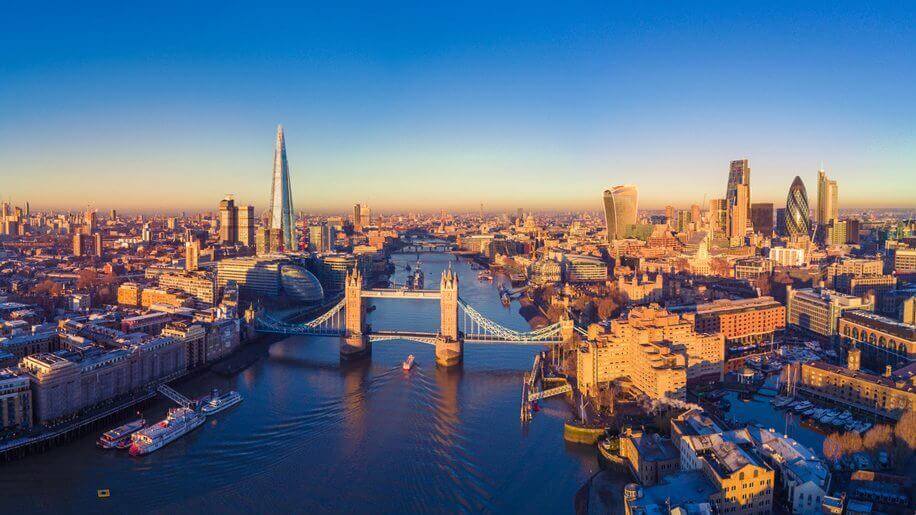U.K. hotel performance for the first quarter of 2021 was relatively similar to the last quarter in 2020.
NB: This is an article from STR
Restrictions on travel and hospitality has kept occupancies low with limited opportunity for hotels to push room rates higher. Hotels in the U.K. are set to reopen on 17 May with an expectation that domestic leisure travel restarts and some events can start with limited in-person attendance. As occupancies begin to creep upwards again, hoteliers may see this as opportunity to yield higher rates.
Subscribe to our weekly newsletter and stay up to date
The last time we had compression nights
The last full “normal” year for the industry, 2019, is the benchmark for measuring recovery across the globe. Back during those “good old days”, compression nights were a prominent piece of industry performance. In the U.K., city markets reached occupancy levels above 90% thanks to a consistent combination of conferences, concerts, international arrivals, and domestic tourism. Before we discuss recovery of average daily rate (ADR) moving forward, let’s look back at 2019 to see how hoteliers yielded higher rates based on their occupancy. This can provide some guidance on how ADR can increase as demand returns during recovery.
The below analysis shows occupancy grouped into 10% buckets from 41% to 100% with ADR plotted on the vertical axis. Looking at each market in more detail, it is clear that higher ADR corresponded with higher occupancy, although at different levels by market. Image

Edinburgh represented the highest percentage increase between the 41-50% occupancy bucket and the 91-100% range. Rates more than doubled and the largest jump occurred in the 81-90% and 91-100% buckets. Pre-pandemic, Edinburgh hosted a multitude of international events, such as the Fringe Festival in August. That event would push local hotels to max capacity, enabling revenue managers to yield higher ADR premiums as evidenced above.
ADR in London remained flat between the 41% to 70% occupancy ranges, as rates were already high in comparison with the rest of the U.K. Steady increases began from there, and when London gets into that 91-100% bucket, a significant increase in rate is yielded. That is testament to London’s reputation as a business hub and top international city as well as its strong events calendar.
London’s higher ADR nights missing since March 2020
Diving a bit deeper into the U.K. capital, and moving away from the occupancy buckets, we plotted each day from January 2019 to March 2021 in the graph below. There are a few clusters that emerge that need to be addressed. The purple cluster represents the first three month of 2021. This is obviously not the best three months to judge London as the market was in lockdown during what are historically already low performing months. However, there is clearly a floor in the market which is between GBP55-65. The blue cluster is made up of the majority of 2020 nights. There is some correlation between occupancy and ADR with the market able to capitalise on a short period of higher occupancies to drive rate, especially in between lockdown periods during the summer months. The third cluster is made up of the majority of 2019 nights and some 2020 nights. All 2020 nights here took place prior to the pandemic. This cluster is where hoteliers were most active in yielding higher rates. The steep curve upwards starting around the 70% mark proves that London sees significant rate premiums above this point and exponential rate premiums above the 90% mark.Image

Conclusion
Looking to the remainder of 2021, it will be interesting to revisit the second graph to see how the remaining days of 2021 finalize. If the roadmap goes as projected, we could see occupancy return occasionally to levels that in the past would have yielded higher ADR premiums. However, the level to which ADR can grow depends on the market situation, occupancy recovery, as well as the potential for a market to move into compression levels.





